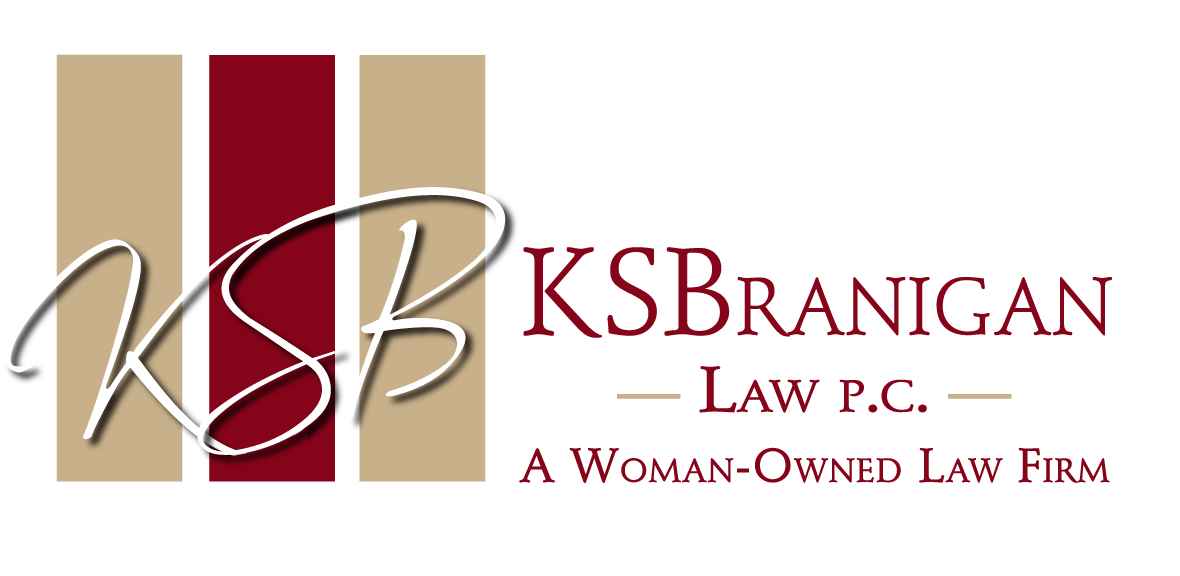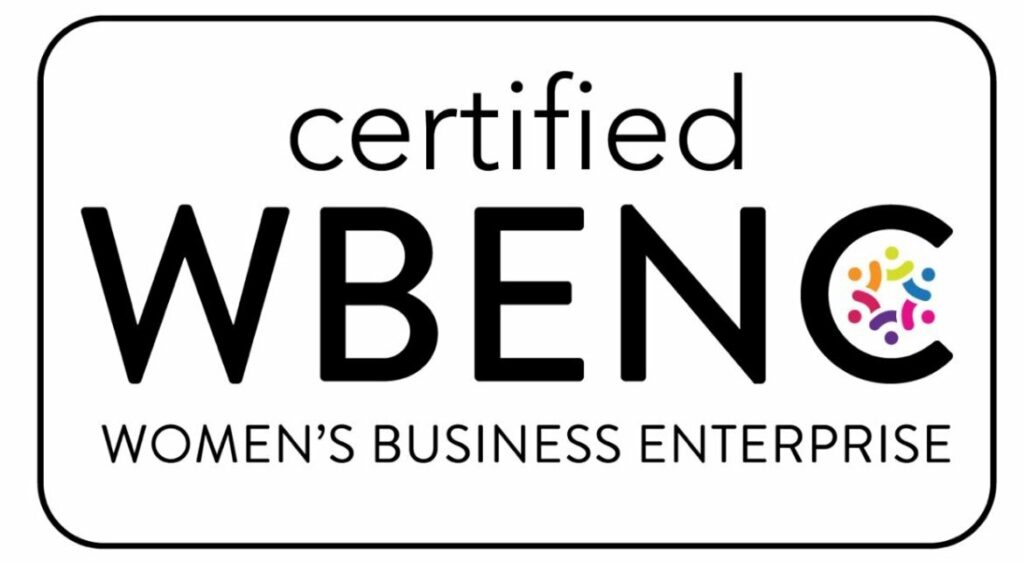In East Bay Drywall, LLC v. Department of Labor and Workforce Development, the New Jersey Supreme Court issued a key ruling that shed light on whether workers should be classified as employees or independent contractors under the New Jersey Workers Compensation Law. By way of background, East Bay Drywall, LLC (East Bay), a drywall installation business, engaged workers on a per-job basis. Once its bid was accepted on a project, it contacted workers or subcontractors to perform the job and the workers were free to accept or decline the offer. East Bay provided the raw materials to complete the job but workers were responsible for bringing their own tools and arranging for transportation to the worksite. Although East Bay did not direct the workers as to how to install the drywall, East Bay was responsible for the finished project.
In evaluating whether the workers were employees, the Court applied the “ABC” test under New Jersey’s Unemployment Compensation Law, providing that an individual is considered an “employee” unless all the following factors are met:
(A) The individual has been and will continue to be free from control or direction over the performance of such service, both under his contract of service and in fact; and
(B) The service being provided is either outside the usual course of the business for which the service is performed, or that the service is performed outside of all the places of business of the enterprise for which the service is performed; and
(C) The individual is customarily engaged in an independently established trade, occupation, profession, or business.
Specifically at issue, the Court addressed prong C and whether a worker can maintain a business independent of and apart from the employer. The Court opined that “the [prong] C standard is satisfied when a person has a business, trade, occupation, or profession that will clearly continue despite termination of the challenged relationship. The Court further stated that the business must be “stable and lasting,” capable of “surviv[ing] the termination of the relationship.” The Court also stated that, “if the worker ‘would join the ranks of the unemployed’ when the relationships ends, the worker cannot be considered independent under prong C.”
In evaluating a worker’s ability to maintain an independent business, the Court took various factors into consideration, such as the duration and strength of the [worker’s] businesses, the number of customers and their respective volume of business, the number of employees, the extent of the [worker’s] tools, equipment, vehicles, and similar resources, the amount of remuneration each [worker] received from [the employer] compared to that received from other [employers]. The Court also determined that it may consider whether the workers maintained telephone listings or business stationery; who possessed the inventory; who bore the risk of loss; and who benefitted from the goodwill that the company generated.
In support of prong C, East Bay’s principal sought to rely on the fact that the subcontractors worked for other contractors, were free to leave a job before it was completed, and were free to accept or decline work. Further, East Bay provided certificates of insurance and business entity registration information for most of the disputed entities. Although the Court noted that a certificate of insurance could signify independence because an employer is generally “not vicariously liable” for a contractor’s negligent acts and insurance policies issued to employers often exclude coverage for the acts of independent contractors, this was not the case here as the provided insurance certificates only showed coverage for one year of the audit period. Additionally, although business registration information may show independence, particularly if the registration demonstrates a complex ownership structure and continued beyond the business relationship in question, here, all but one of the business registrations revealed that each entity had a sole individual in the ownership structure, and nearly all the registrations were revoked prior to the audit due to a failure to file the required reports for at least two consecutive years. The Court reasoned that, “[a]t best, this information indicates the entities might have operated independently of East Bay. At worst, this information shows the entities were a business in name only. In any event, a business might be duly registered but entirely dependent upon one contractor.”
The Court found that East Bay provided “little to no documentary evidence” to address the prong C factors as it had “not provided evidence that the entities maintained independent business locations, advertised or had employees.” The Court found that the “business entity information” did not address the following factors: duration and strength of the business; the number of customers and their respective volume of business; the number of employees; or the amount of remuneration each “drywall subcontractor” received from East Bay compared to that received from others for the same services. Because the Court found that the record contained no information regarding the hallmarks of an independent business, the Court found that it had not been arbitrary, capricious, or unreasonable for the Commissioner to determine that the workers should have been classified as employees and were not properly classified by East Bay as independent contractors.
Lastly, the Court noted that this determination was supported by the Unemployment Compensation Law’s public policy that “economic insecurity due to unemployment is a serious menace to the health, morals, and welfare of the people of this state” such that a business practice requiring workers to assume the appearance of an independent business identity and company in name only could give rise to an inference that “such a practice was intended to obscure the employer’s responsibility to remit its fund contributions as mandated by the State’s employee protections statutes” and avoid its obligation under the law.
The Court noted that, particularly in the construction context, workers may be more vulnerable to the manipulation of employment laws. Because the Court was convinced that East Bay did not supply sufficient information to satisfy prong C, there was no need to analyze prongs A and B.
This decision further emphasizes the need for employers to properly classify their workers. Failing to do so can result in hefty fines and penalties from the Department of Labor and Workforce Development as well as separate civil claims asserted by workers.
This summary is for informational purposes only and is not intended to constitute legal advice. This information should not be reused without permission.


